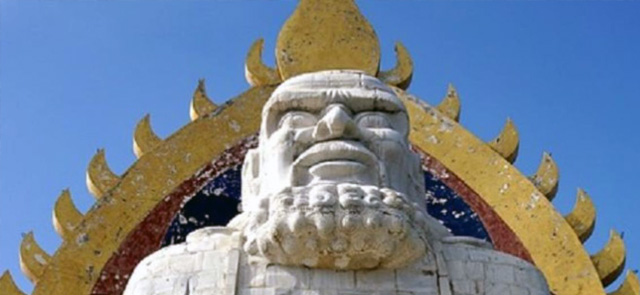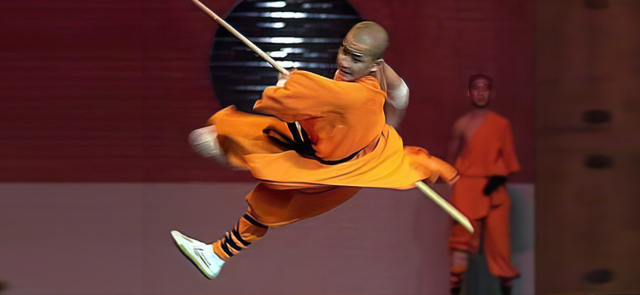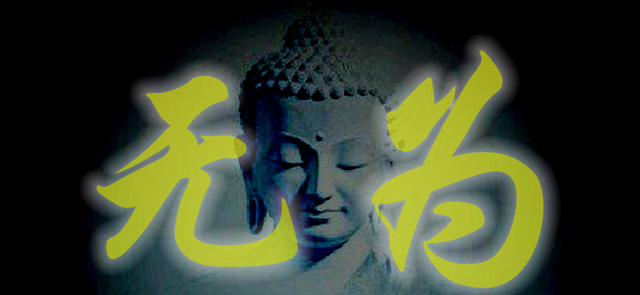Prayer Wheels also known as Mani Wheels, are ancient ritual items used to spread blessings as well as to serve as a reminder to be mindful throughout the day. Each prayer wheel contains a scroll of mantras, usually Om Mani Padme Hum Mantras and chants are often recited while the wheels are spinning, amplifying the blessings as they are released. Prayer wheels function to set a mantra in motion. Each turn of the wheel is comparable to reciting the mantra.
In early Buddhism, the wheel became a symbol of the Dharma or teaching. The term "Turning of the Wheel" refers to the first sermon preached by the Buddha in Sarnath, India, and other teachings.
Prayer Wheels come is a variety of sizes, ranging from small hand-held wheels to large temple wheels set on a foundation. Prayer wheels are made from various woods, metals and stones, some very simply crafted and some decorated in ornate detail.
Prayer Wheels are devices for spreading spiritual blessings and well-being. Rolls of thin paper, imprinted with many, many copies of the mantra "Om Mani Padme Hum", printed in an ancient Indian script or in Tibetan script, are wound around an axle in a protective container, and spun around and around. Typically, larger decorative versions of the syllables of the mantra are also carved on the outside cover of the wheel.
Prayer Wheels originated from ‘The School of Shakyamuni sutra, volume 3 – pagoda and temple’ which states that, “those who set up the place for worship, use the knowledge to propagate the dharma to common people, should there be any man or woman who are illiterate and unable to read the sutra, they should then set up the prayer wheel to facilitate those illiterate to chant the sutra, and the effect is the same as reading the sutra”.
Tibetan Buddhists believe that saying this mantra, out loud or silently to oneself, invokes the powerful benevolent attention and blessings of Chenrezig, the embodiment of compassion.
Viewing a written copy of the mantra is said to have the same effect and the mantra is carved into stones left in piles near paths where travelers will see them. Spinning the written form of the mantra around in a Mani wheel is also supposed to have the same effect; the more copies of the mantra, the more the benefit.
Traditionally wheels were not used at all in Tibet except for spiritual purposes; carts and similar wheeled devices were known from other cultures, but their use was intentionally avoided. The earliest known mention of prayer wheels is in an account written by a Chinese pilgrim, in 400 AD, while traveling through the area now known as Ladakh ["land of high passes" is a region in the Indian state of Jammu and Kashmir]. The idea is said to have originated as a play on the phrase "turn the wheel of the dharma," a classical metaphor for Buddha's teaching activity.
Mani wheels a contraction of Sanskrit cintamani; are found all over Tibet and in areas influenced by Tibetan culture. There are many types of Mani wheels, but small hand-held wheels, like the one shown here, are the most common by far. Tibetan people carry them around for hours, and even on long pilgrimages, spinning them any time they have a hand free. According to the Tibetan tradition, the prayer wheel lineage traces back to the famous Indian master, Arya Nagarjuna [Chin.:Lóngshù ?? - Sansk.: N?g?rjuna | c. 150 – c. 250 CE]. Tibetan texts also say that the Dharma Wheel practice was taught by the Indian Buddhist masters Tilopa [988-1069] and Naropa [died ca. 1040 CE] as well as the Tibetan masters Marpa [Marpa Lotsawa | 1012–1097] and Milarepa [Jetsun Milarepa | 1028–1111].
Larger wheels, which may be several meters high and one or two meters in diameter, can contain myriad copies of the mantra, and may also contain sacred texts, up to hundreds of volumes.
They can be found mounted in rows next to pathways, to be spun by people entering a shrine, or along the route which people use as they walk slowly around and around a sacred site, a form of spiritual practice called circumambulation.
Wheels are also placed where they can be spun by wind or by flowing water. Smaller mounted wheels can be spun by the heat rising from a flame or by steam from a stove, or placed on a tabletop to be spun by hand.
The benefits of establishing the Dharma Wheel in earth, water, fire, and wind: "When you put this Great Wheel Om Mani Padme Hum up in the wind, all those sentient beings who are touched by the wind, all those migrators abiding in the wind direction, will be liberated from the sufferings of the lower realms. When you place the Dharma Wheel in the fire, any sentient being who smells the smoke, and all those migrators who see the light of the fire will be liberated from the sufferings of the lower realms. If you place the Dharma Wheel in the ground, all those migrators beings who receive the dust, and the sentient beings abiding in that ground will be liberated of the sufferings of the lower realms. If you place the Dharma Wheel in water all those sentient beings abiding and drinking the water will be liberated of the sufferings of the lower realms."
Tibetan Buddhist Mani wheels are always spun clockwise for any or all of several reasons: It rotates the syllables of the mantra so that they would pass a viewer in the order that they would be read, it follows the direction of the sun, and it matches the clockwise circumambulation of stupas.







